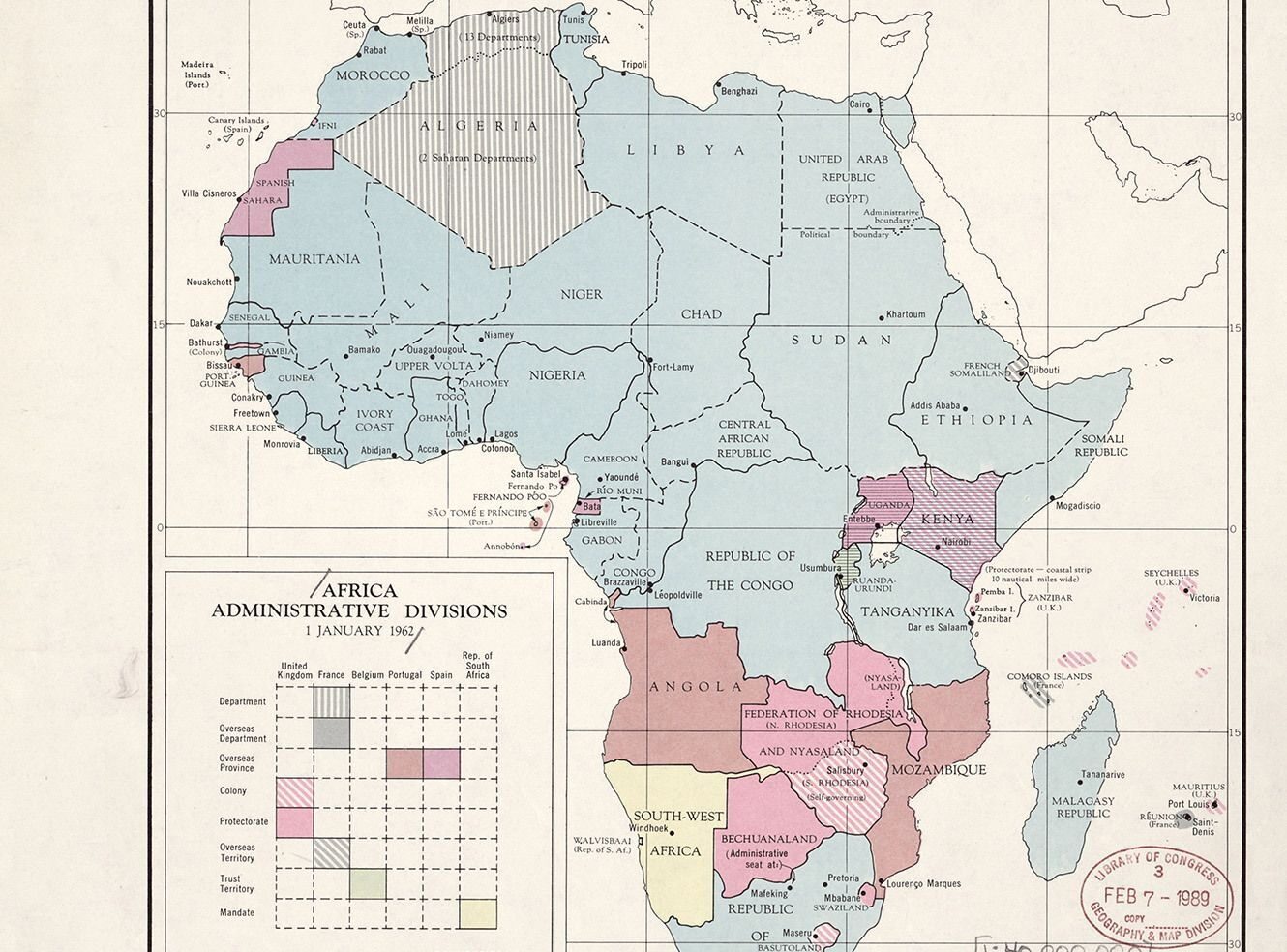Explore the economic, social, and cultural heart of Early Modern London with AM’s latest release
AM is pleased to announce the publication of Trade in Early Modern London: Livery Company Records 1450-1750, the first of two modules offering a comprehensive exploration of London’s livery companies and their pivotal role in shaping the city’s economic, political, social, and cultural landscape from the medieval period through to the eighteenth century.
This first module provides expansive access to the records of some of London’s livery companies, which evolved from medieval guilds into powerful institutions that governed trades, controlled membership, and wielded significant political influence. These companies not only regulated labour and trade but also served as patrons of the arts, sponsors of civic events like the Lord Mayor’s Show, and stewards of public welfare.
Over time, livery companies amassed considerable wealth and became influential property owners, using their resources to shape governance and policy. These records provide a unique window into the fabric of early modern society and reveal not only how trades were regulated but also how culture, governance, and social welfare were intertwined with the city’s economy.
These records include insights into significant events such as the Reformation, the Civil War, the Plague, and the Great Fire of London. The material is also a great source of information on daily life in the city, such as prices and wages, payments for food and drink, and building repairs.
The extensive manuscript materials are also fully searchable with AI-driven Handwritten Text Recognition (HTR) technology, and while challenging due to the diversity of scripts, abbreviations, and idiosyncrasies in individuals' handwriting, students and researchers of all levels will benefit from the capability to support their individual research needs.
Recent posts

American Committee on Africa, module II highlights the organisation's activism against apartheid and for African democracy between 1981-2001. Featuring correspondence, reports, and media, it underscores ACOA’s impact and AM’s partnership with the Amistad Research Center.

Girlhood: Magazines and Print Culture explores representations of girls and young women in print media from the 1880s to 1990s. Examining evolving femininity, societal expectations, and resistance, the resource offers new insights for interdisciplinary research.
